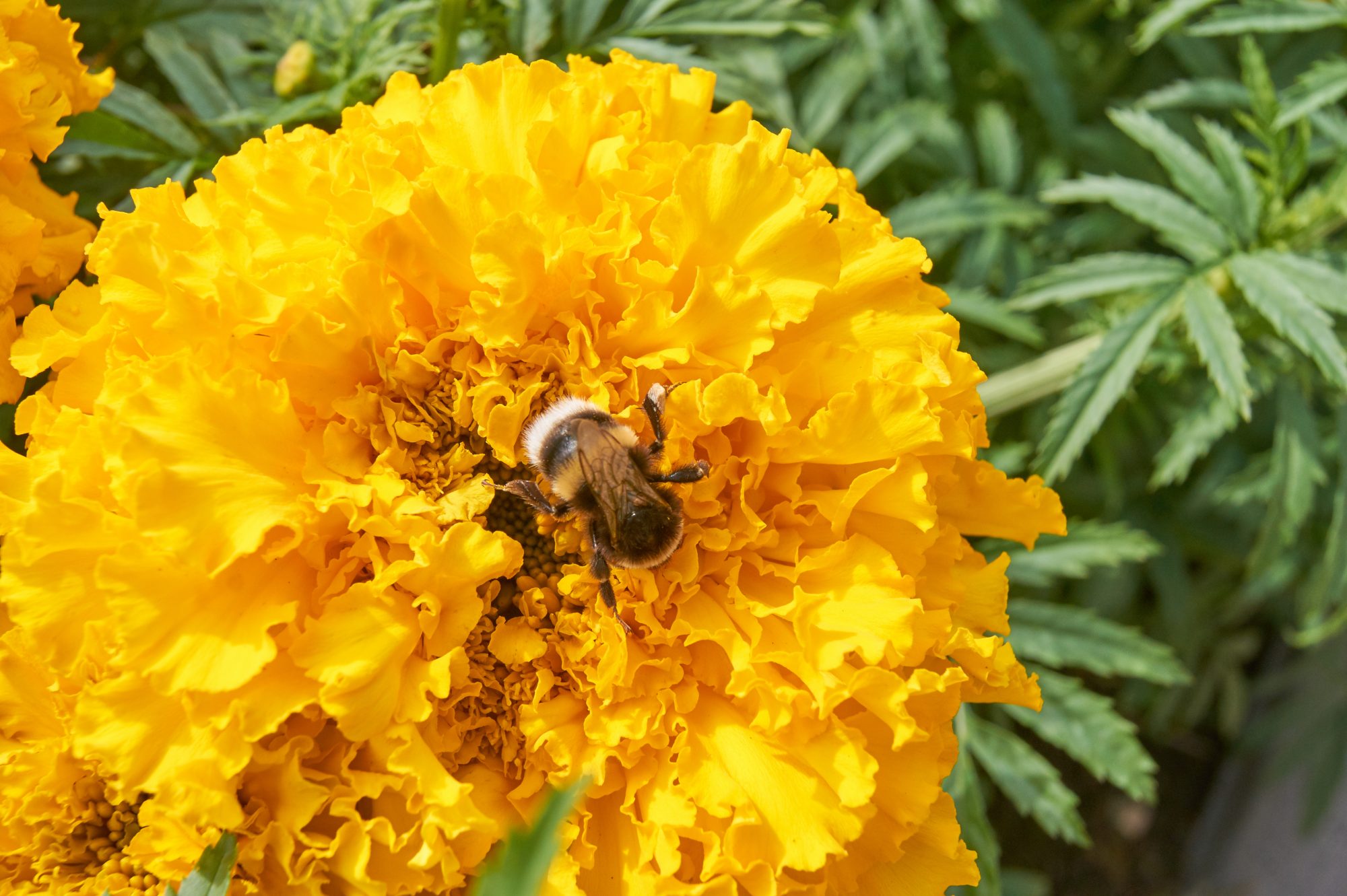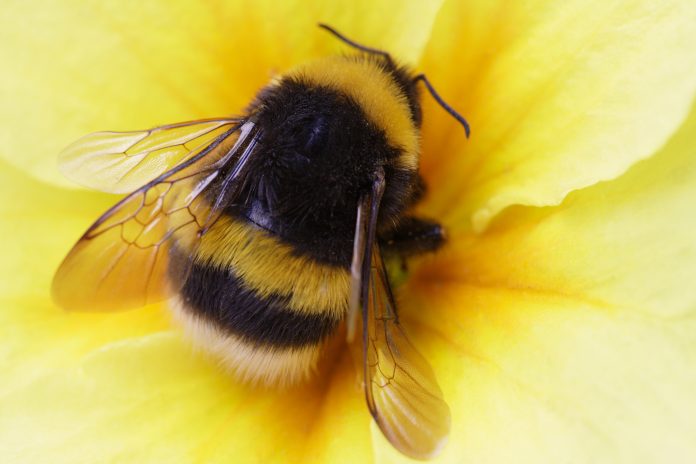Researchers at the Technical University of Munich (TUM) found that bees prefer a low-fat diet, emphasising that bumble bees need biodiversity to survive
Bees are an important factor for our environment and our sustenance. Without insect pollination, many plant species – including various crops – cannot reproduce.
A UK researcher, studying the survival of bees at the University of Sheffield, spoke to us about the situation. She said:
“Extensive landscape change causing the destruction of biodiverse green spaces in favour of concrete have resulted in the depletion of essential bumblebee foraging resources such as wildflowers and fruit trees.
“As bumblebees are a key pollinator, the resulting declines of bumblebee populations have severe cascading effects on our ecosystems.”
The feeding habits of these insects are crucially important to the eating habits of the human being. Globally, more than 20,000 bee species need to be considered. Among these, bumble bees are of particular importance besides the famous honey bee.
Professor Sara Leonhardt, who specialises in plant-insect interactions, said:
“Bee mortality therefore affects food supply for human beings.
“Bees obtain most of their nutrients from their main food sources, which are nectar and pollen. While nectar is mainly a source of carbohydrates, pollen contains most of the other necessary nutrients: proteins, fat, minerals and vitamins. Until today, most bee researchers assumed that bees, like other herbivores, mainly consider the protein content when choosing their food.”
Using a two-step mechanistical approach that included learning and feeding experiments, the group established a new way to literally keep a close eye on the feeding habits of insects.

Learning experiments with bumble bees (Bombus terrestris)
Which nutrients can bumble bees taste in pollen?
As a first step, learning experiments helped the scientists to establish the bumble bees’ preference for certain nutrients – in this case fat and protein.
Fabian Rüdenauer, main author of the study, explained:
“We are focusing on fatty and amino acids, which represent the two essential pollen macro nutrients and which are likely to be perceived and thus tasted by bees.”
In this context, a small amount of fatty acids was added to pollen to increase its fat content. The researchers found that bumble bees could clearly differentiate between normal pollen and pollen with increased fat content and did show a clear preference for normal pollen. Surprisingly, the bumble bees made no clear distinction when the pollen amino acid content was altered in the same way.
What is a bumble bee’s favourite food?
Which nutrients actually affect the bumble bees’ foraging behavior and what are the consequences for their survival and reproductive capabilities? Those were the central questions guiding the subsequent feeding experiments.
“The more fat the pollen contained, the less the bumble bees consumed that pollen,” Leonhardt concluded. Bumble bees actually accepted death over having to consume the high-fat pollen. The work group therefore concluded that fat in pollen adversely affects the bumble bees’ reproductive capabilities and survival, which is why it is being avoided.
Similar to the learning experiment, variations in the amino acid content of pollen did not affect the bees’ feeding habits, survival or reproduction.
Help for bees and bumble bees
“Our study highlights the importance of fat for foraging bumble bees. It also shows that there is a correlation between nutrient perception, nutritional regulation and reproductive fitness,” stated Dr. Johannes Spaethe from the University of Würzburg, who also led the study.
“The bees can taste what is good for them and collect their food accordingly,” said Leonhardt, summarising the results.
Currently, the researchers are creating a dataset on pollen nutritional chemistry in order to obtain an overview across the wide spectrum of different plant species. They are also examining the nutritional needs of other species of bees.
The research team said:
“In the future, this may lead to better understanding the effect of variation in flowering plant species on bees, and it may improve protective measures such as flower strips in agricultural landscapes.”











